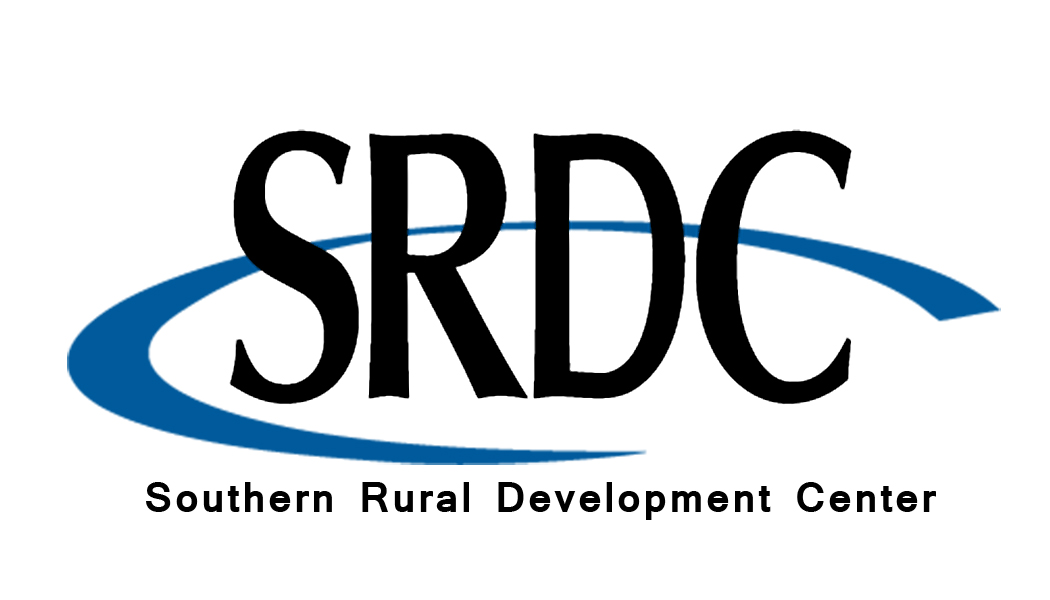Joint economic development effort begins
by drupal7_admin_setA group of 53 community leaders and concerned citizens from four counties gathered in the conference room at Bodega Burger Co. Wednesday, Oct. 27, for a civic forum on economic development in the Middle Rio Grande region.
The Stronger Economies Together (SET) workshop involved identifying strengths, challenges and opportunities for Socorro, Sierra, Valencia and Catron counties. The meeting was the first in a series.
Subsequent meetings will examine local economic data and identify economic clusters to target, examine the region’s key assets and articulate what regional values guide the work, and identify the appropriate goals to best leverage and exploit the regions strengths.
Successful completion of the program will result in a regional strategic plan that will allow access to funding streams where regional collaborations are given preference.
Deb Caldwell, the main Coordinator for the Middle Rio Grande Economic Development Association-SET meeting, said the four counties are basically faced with similar problems in attracting and building their respective economies.
The Middle Rio Grande Economic Development Association (MRGEDA), a recently chartered non-profit 501(c)(6), grew out of an effort supported by the City of Socorro, County of Socorro, and the Socorro County Chamber of Commerce.
Originally patterned after the highly successful Estancia Valley Economic Development Association, MRGEDA has expanded into a regional effort amongst the four counties and their many municipalities.
Susann Mikkelson of Socorro’s Chamber said as a result of that regional collaboration, MRGEDA has been an awarded a grant from the USDA to allow its participation in the USDA SET program.
“The program is configured around a multi-module process designed to extend over many months,” Mikkelson said. “The session we had on Tuesday of course is the first step in a series of steps that it’s going to take to get us to where we like to be.
“What’s really valuable about that process is two things,” she said. “One, it brings together people from around the region. It makes sense to coordinate some of these efforts regionally rather than county by county, because as we know sometimes things don’t fall neatly within county lines.
“And two, the expertise this brings in and some of the streamlining with an approach that’s already been tested in other parts of the country is helpful,” Mikkelson said. “Certinaly we’re going to need to adapt it for us. Whatever plan or plans that come out of this process, we’re going to be responsible for implementing it.”
She said it was important that more people from the business community become involved in upcoming meetings.
Socorro County was well represented at the first meeting with Rep. Don Tripp, County Manager Delilah Walsh, County Commissioner Danny Monette, City Councilor Michael Olguin, Colleen Guengerich from New Mexico Tech, Michael Hanauer from the Friends of the Bosque del Apache, consultant Lester Cutchall Jr. and many others.
Participants from Sierra County included County Commissioner Bruce Swingle, Kim Skinner of the Elephant Butte Chamber of Commerce and Earl Greer.
Participants from Valencia County were: Steve Tomita from the City of Belen, Ralph Mims of Los Lunas and consultant Tina Dziuk.
Representing Catron County was Kathy Knapp of the Pie-O-Neer.
“It’s important to have the counties working together on the same goals, working back and forth,” Caldwell said. “What benefits Sierra or Valencia counties would also have a positive effect on Socorro County.”
USDA Rural Development State Director Terry Brunner said at the meeting in today’s global marketplace, economic development progress is more likely to be realized when rural and metro counties work together as a region to assess their resources and then design and implement plans that build on their assets and comparative economic strengths.
The USDA’s SET program provides coaching to guide the design and implementation of a practical and viable regional economic development plan.
Facilitators for the work session were Terry McDermott, USDA Rural Development State Officer and Michael Patrick, Associate Professor in the Agricultural Economics and Agricultural Business Department, Director of the Doctorate of Economic Development program, and Community Resource & Economic Development Specialist with the Cooperative Extension Service at NMSU.
The SET program, launched in 2010 by USDA Rural Development and the nation’s four Regional Rural Development Centers and their land-grant university partners, is now in place in more than 50 regions in 28 states.

